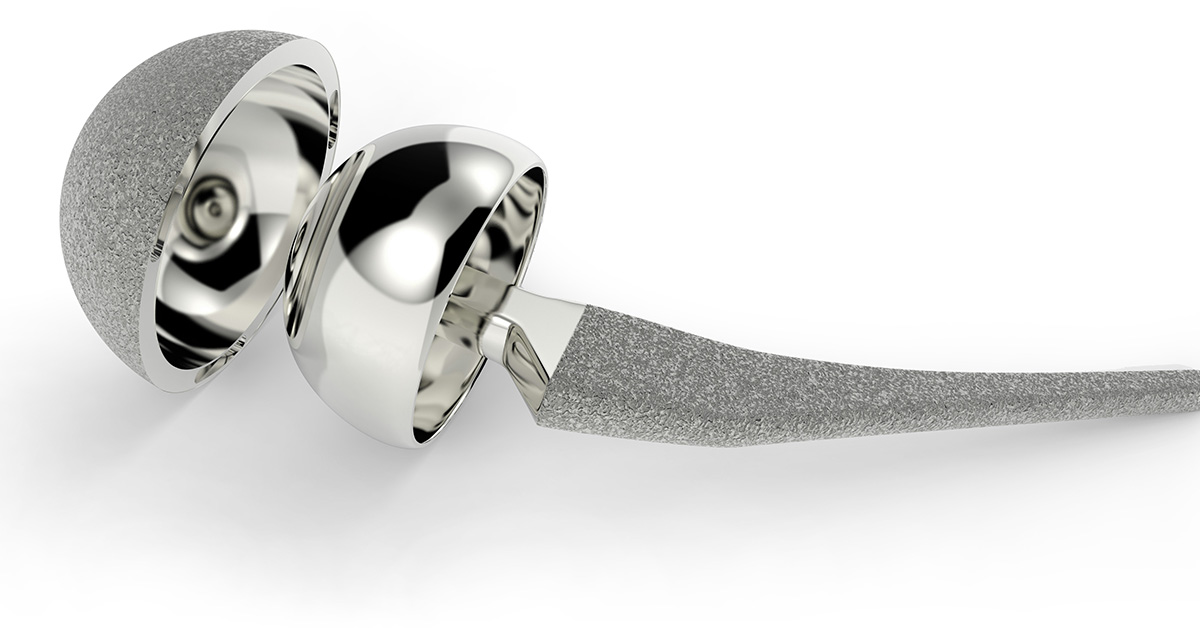
What is Total Hip Replacement (Metal on Metal)?
A total hip replacement is a surgical procedure that involves the removal of the natural hip bone and replacement using a metallic prosthesis. It is offered to patients who suffer from severe hip joint diseases, such as osteoarthritis or osteoporosis induced fractures.
How is the Procedure Performed?
The procedure is performed under general anesthesia and is done so in two stages. After consent is obtained from the patient, the skin over the affected joint is cleaned with antiseptic solution and then the area is covered in sterile drapes. The patient is administered a general anesthetic.
A skin incision is made over the affected joint and the required muscle tissue. Other subcutaneous tissues are moved out of the way in order to get a visual perspective on the hip joint. The head of the femur bone is gently removed from its socket in the pelvic bone.
Preparing the socket is the first step of this surgery. The affected bone and cartilage are removed, and then a metallic socket is pressed into place with the use of bone cement or screws. The second step involves the removal of the head of the femur that is diseased. Then, a canal within the neck and body of the femur is created. Through this canal, a metallic stem prosthesis is inserted. This prosthesis is held in place (if required) using bone cement. At the free end of this prosthesis, a metallic ball is attached. This metallic ball sits snugly within the socket in the pelvic bone. The material used in the metallic ball is the same material that is used in the socket.
Once the hip joint has been replaced, the tissues are pushed back into place and the skin incision is closed. Sterile dressings are applied and the patient is discharged to the hospital ward for observation. After a few days, the patient is discharged to their home. Physiotherapy may be required to assist the patient with getting back on their feet.
Benefits and Risks
The main benefit of total hip replacement is that it helps to restore a patient's mobility. Eventually, it allows them to return to their regular daily activities. The hip prosthesis lasts for a number of years.
The risks associated with total hip replacement are often due to general anesthesia. Mild bleeding and bruising at the site is common, although this heals within a few days. Infection of the joint is uncommon but can be treated with antibiotics if needed.



